Are Winter Car Preparations Really Necessary in 2020?
26th February 2020

Many drivers mistakenly believe that winter car preparations are only necessary for those driving old, improperly maintained vehicles. While it is true that a vehicle’s age, specifications, and maintenance history can make a difference, preparing for snow is important for all drivers and their possible passengers.
If you’ve watched the news, you’ve surely seen stories about drivers and their passengers being stranded in their car in winter. You hope it won’t happen to you but what if it does? With this winter storm checklist, you’ll know exactly how to prepare for blizzards and snow and what to keep in your car during winter. Prepare to drive in the harshest weather by following the steps below, and you and your loved ones will be safe, comfortable, and at peace all winter long!
1. Check Your Car Battery
Cold temperatures, slippery surfaces, and your car’s heating system put additional strain on your car battery. The last thing you need is to have it die on you on a weekend, when you’re rushing to an important meeting, or when stuck in the snow. The risk is especially high if your battery is several years old and no longer charges properly. Have it checked and, if necessary, replaced!
2. Add or Replace Your Car’s Antifreeze
Even the most basic preparing-your-car-for-winter checklist will mention the importance of antifreeze. This green or light yellow liquid is supposed to be mixed with the water in your car, usually in equal proportions. It prevents radiator freezing by decreasing water’s freezing point from 32 to -35 degrees Fahrenheit.
3. Check and, If Necessary, Replace the Tires
One of the most important steps to prepare a car for winter driving is checking its tires. In order to be able to drive your vehicle safely on snowy and slippery roads, have full control of direction and be able to press the brakes safely, you need adequately inflated snow tires with a prominent tread design, to increase traction. If your current tires don’t match the description, are punctured, or worn out, consider replacing them.
4. Check Your Headlights and Other Light Signals
Poor visibility is often part of everyday reality in winter, and since days are shorter, you need to prepare to drive in the dark. Make sure all your lights and signals work properly to be able to see and be seen at night, during storms, and in case of fog.
5. Keep Your Windshield Clean and Make Sure Your Wipers Work Well
Any chips or cracks in your windshield will affect visibility. Moreover, they may aggravate due to temperature fluctuations. Carefully assess the condition of your windshield and, if necessary, replace it. Also check your wipers. If you can manage with subpar windshield wipers in summer, their performance is very important for safe driving in winter.

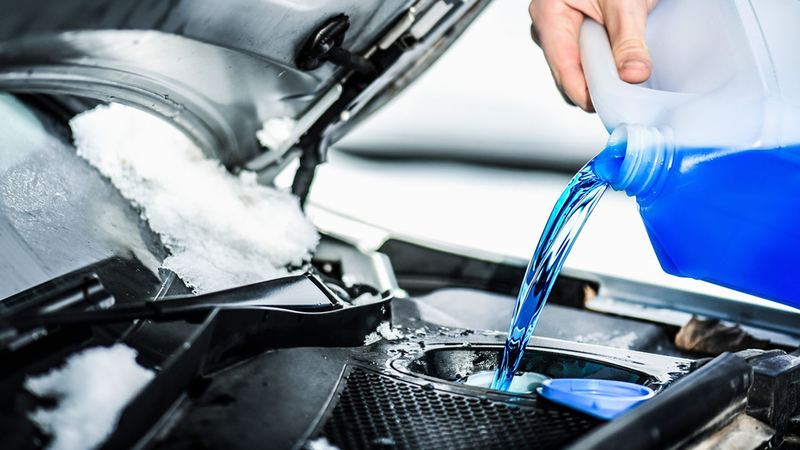
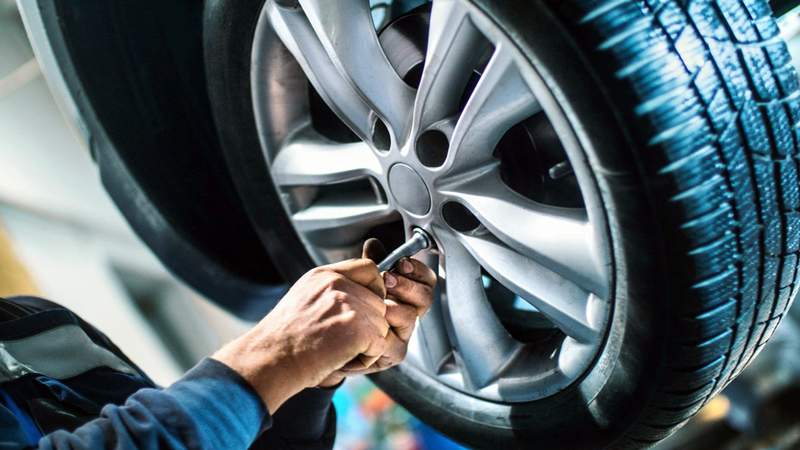
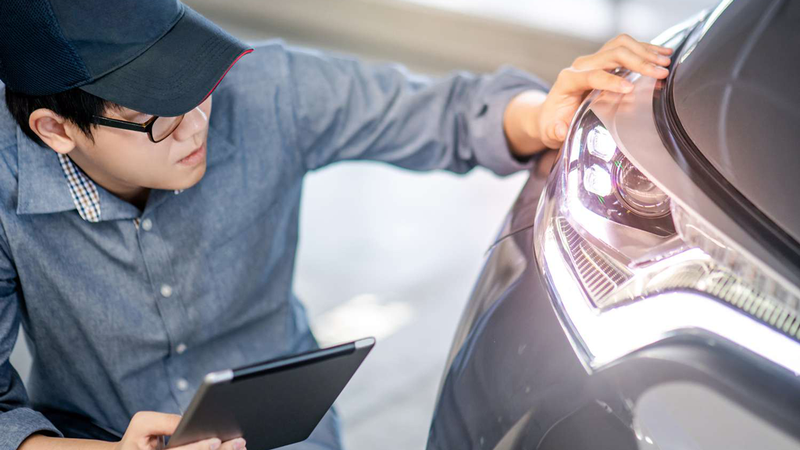
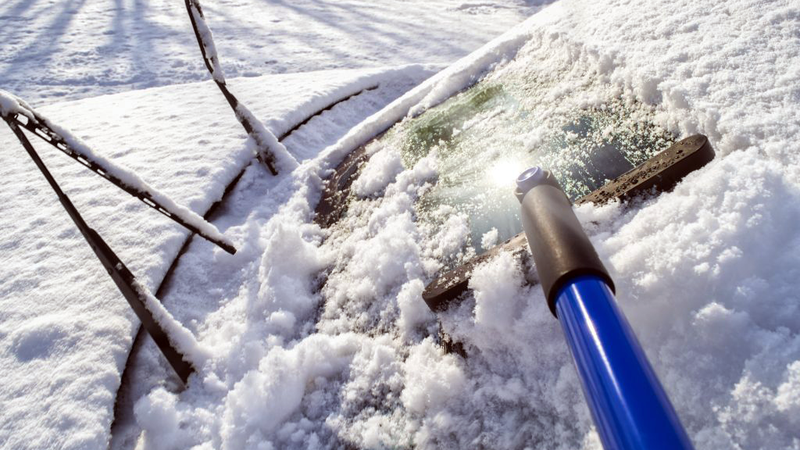
6. Change or Refill the Oil
Oil checks are recommended not only when preparing for snow, but also when planning long trips. If you’re close to reaching your oil change milestone, get to it. If you’ve just had it changed, check its level and do a refill. You cannot risk engine failures.
7. Check the Alternator Belt
The belt’s spinning keeps the alternator running and charging your car’s battery. With time, the belt wears out and stops spinning properly, negatively impacting the functioning of the alternator. We’ve already covered the importance of having a properly functioning battery in the beginning of our winter storm checklist. You obviously cannot risk a dead battery in mid-winter due to a worn out or torn out belt, so check your alternator belt and replace it if necessary.
8. Test Your Brakes and Make Sure They Function Properly
Brakes are difficult to use in snowy weather and slippery carriageway anyway. The shortest delay and any additional distance can make the difference between life and death in case of a car accident. The least you can do is make sure your brakes will properly answer your commands, so have them checked and tuned.
9. Make Sure You Are Properly Insured
This advice does not prepare a car for winter driving, but it does ensure your protection in case the other preparations do not pay off. You hope not to get into an accident, but what if you do? The last thing you need are medical bills and car repair invoices piling and suffocating your budget. With adequate insurance, such worries will be taken over by your insurer. Therefore, check your insurance coverage and, if necessary, take measures to update it or extend it.
10. Always Have an Emergency Breakdown Kit in Your Vehicle
Check out any winter storm preparedness checklist and you will see that, among other tips on what to have in your car for winter, it recommends keeping an emergency kit. The kid should include:
- Ice and snow clean-up tools
- Flashlight and spare batteries
- Blankets and warm clothes
- High-visibility jacket or vest
- Fine-grip non-slippery boots
- Jump start cables
- First aid kit
- Empty fuel can
- Drinks and snacks
- Two reflective warning signs
- Sunglasses
- In-car phone charger and portable battery
- Books, games, or crosswords
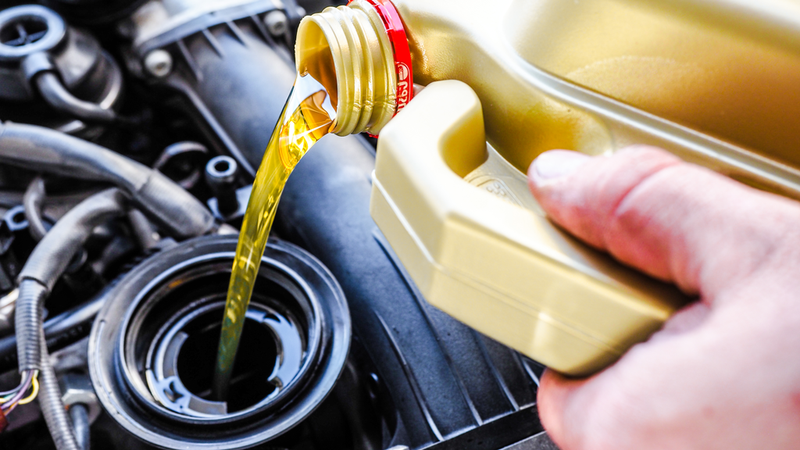
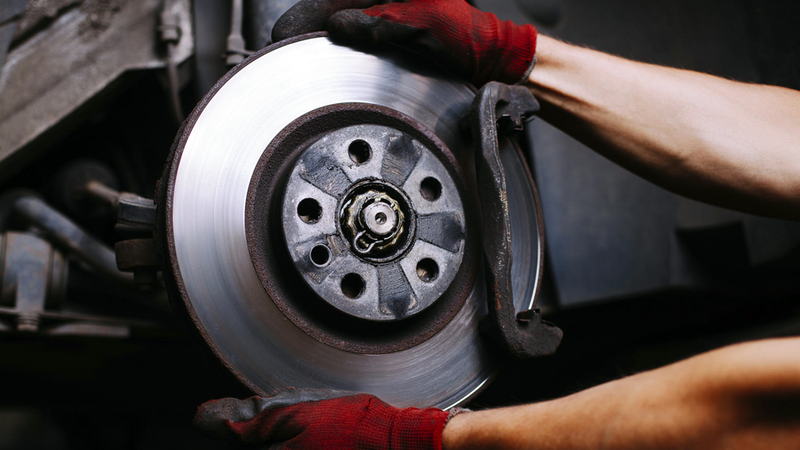
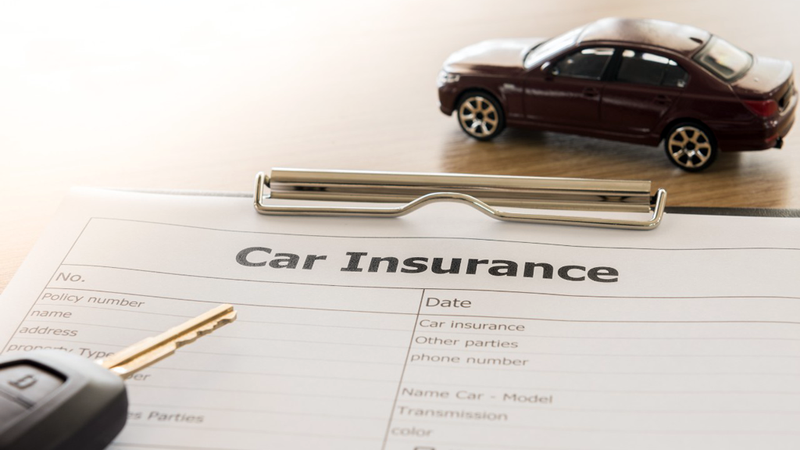

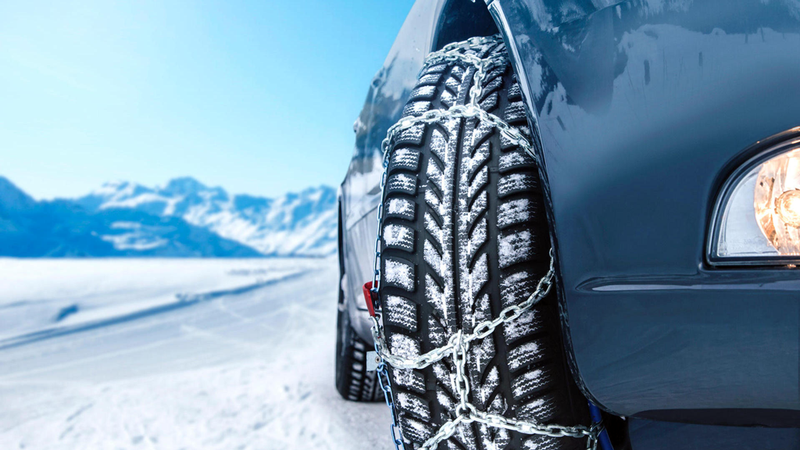
11. Get a Set of Tire Chains
Although neglected by many lists on what to keep in your car during winter, tire chains could save your life. Just look up advice on how to get your car out of the snow and you will see they are the best solution. Hopefully, you won’t need them but if you do, it is better to have them ready, especially since they do not cost too much.
12. Fill up with Freeze –Resistant Washer Fluid
Just imagine trying to clean your windshield and seeing the washing fluid freeze on it or, worse, having it already frozen and not spraying! It makes more sense to use freeze-resistant fluid, especially since it’s pretty affordable, don’t you think?
13. Make Sure Your Heater and Defroster Work Properly
You need them to keep you cold and comfortable and to prevent window steaming. To make sure they work well, test them before the cold season. They may need a small tune-up but it’s better to do it at your convenience than to be caught off-guard.
14. Test Your Four-Wheel Drive
Does your car have a four-wheel drive? It will certainly come in handy on snowy roads but, before getting on the road, check its working state. If you don’t use it often or this will be your first time facing the snow, practice before embarking on long drives.
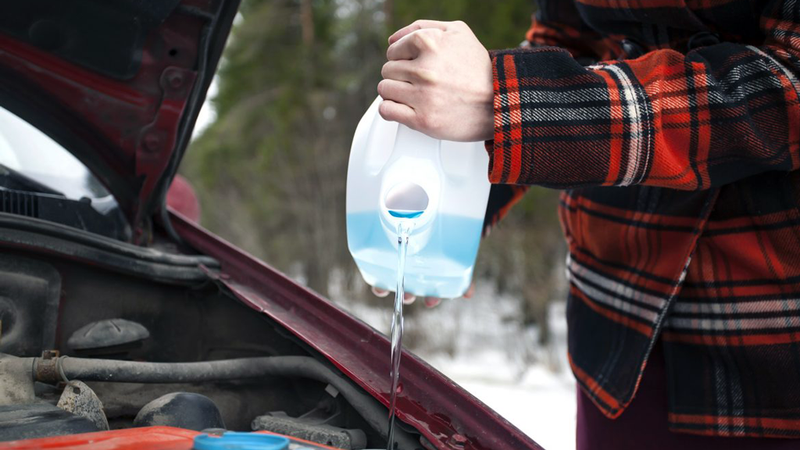
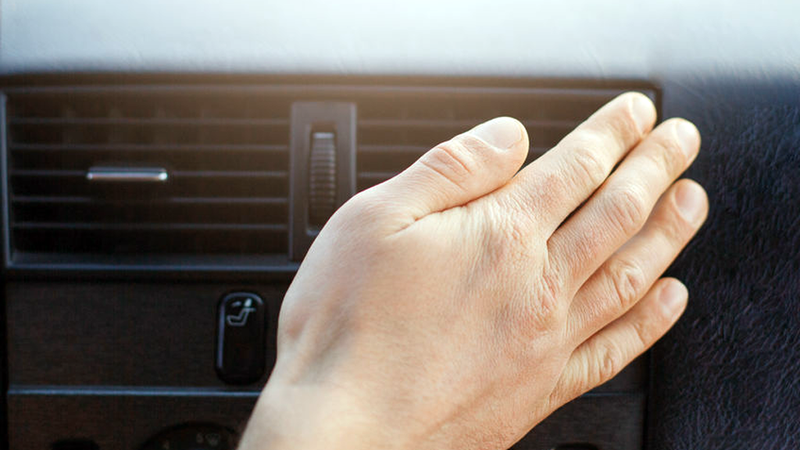
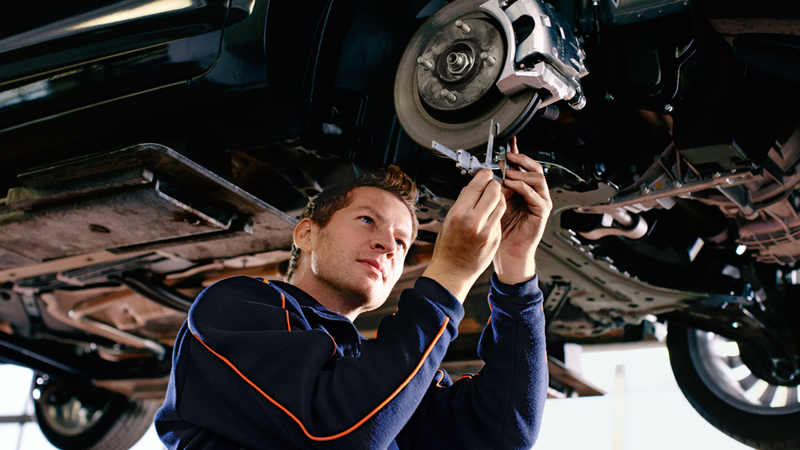
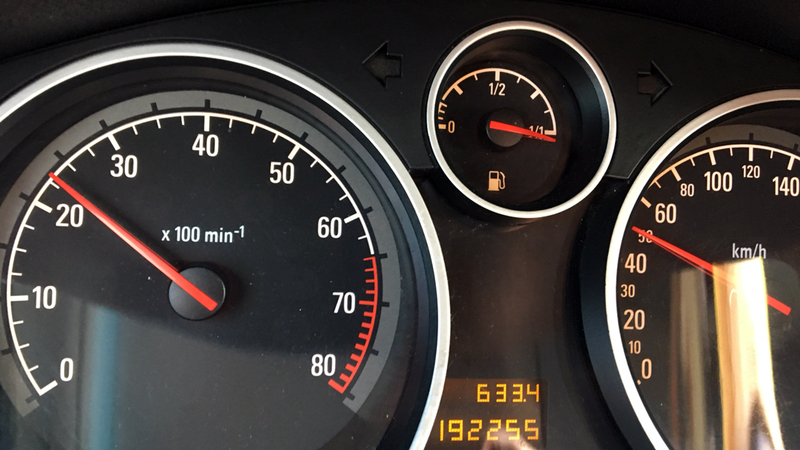
15. Fuel Up
In winter, your vehicle fuel consumption grows. If you get stuck somewhere in the snow, you will need to keep your car running and your heater on. Moreover, low fuel levels increase explosion risks, as the empty space in the tank will be filled by extremely flammable gasoline or diesel vapors.
Get Help with Your Winter Car Preparations!
Many of the above steps require technical knowledge and skills that you may not possess. You can’t know everything but you can leave the things you don’t know, don’t like, or are not good at, to experts.
At Collex Collision Experts, we know how to prepare your car for winter challenges and adventures. Whether you live in Pennsauken, Maple Shade, Cherry Hill, Merchantville, Camden, Moorestown, or Mt. Laurel, NJ, bring your car to our auto body repair shop, and we will get it ready for the snow in no time!
 16th April 2020How to Prepare a Car for Sale in 5 Easy Steps
16th April 2020How to Prepare a Car for Sale in 5 Easy StepsCollex Collision Experts Services cover all the steps to a car sale, helping car owners in Pennsauken, Maple Shade, Cherry Hill, Merchantville, Camden, Moorestown, and Mt. Laurel, NJ, sell for more.
 27th November 2019What Do I Do If My Check Engine Light Comes On?
27th November 2019What Do I Do If My Check Engine Light Comes On?It’s important to know what to do when your check engine light is on and how to identify symptoms of a malfunctioning car before things go terribly wrong.
 11th October 2019Your Guide on What to Do After A Car Accident
11th October 2019Your Guide on What to Do After A Car AccidentIf you plan to file an insurance claim following your car accident, you need to be proactive from the beginning. Here’s what what to do after a car accident to protect your interests.


Looking for a professional auto repair company that can handle any scale of collision damage? Choose Collex Collision Experts for comprehensive collision repair that including dent repair, auto detailing, painting, and etc.


